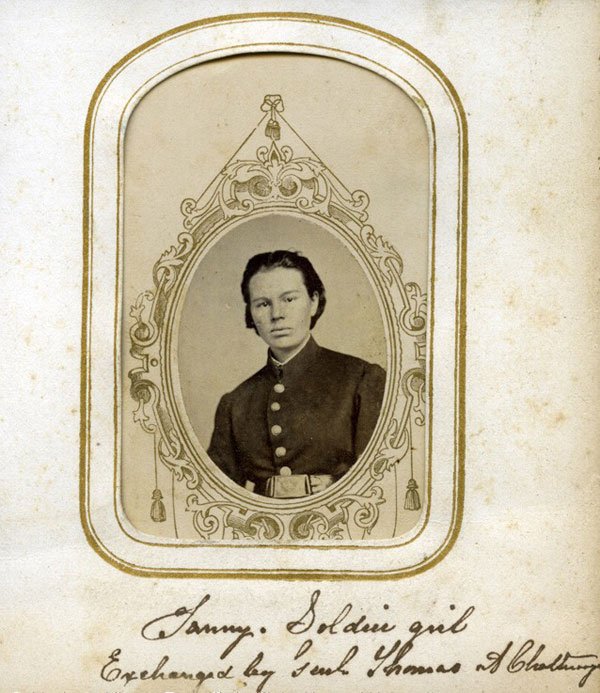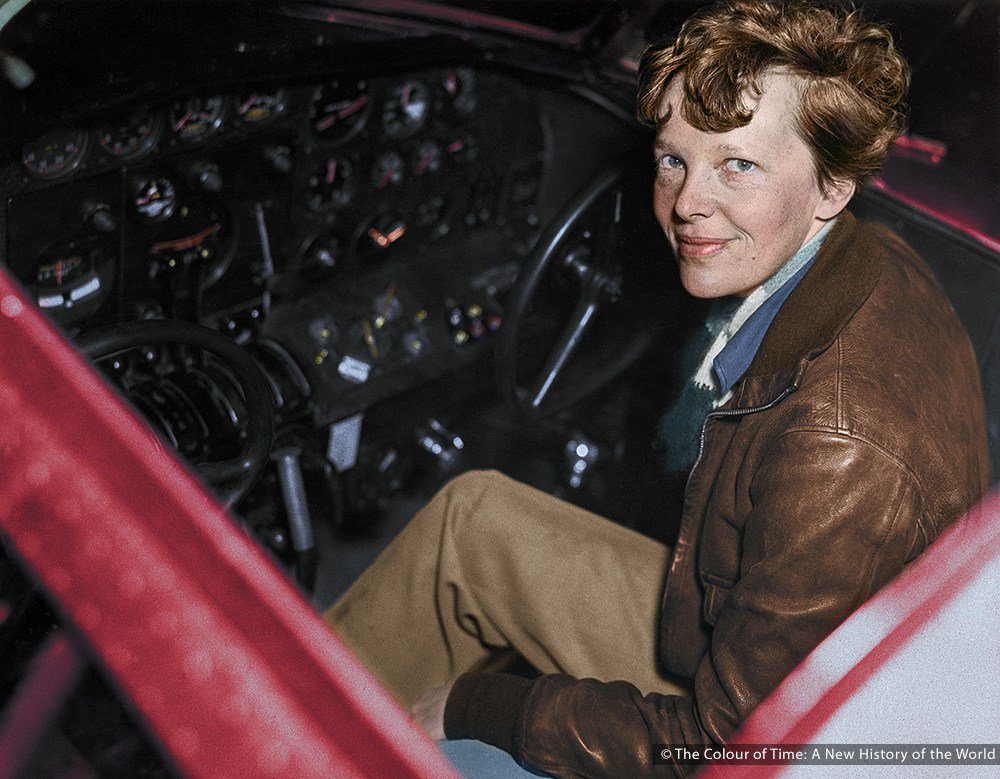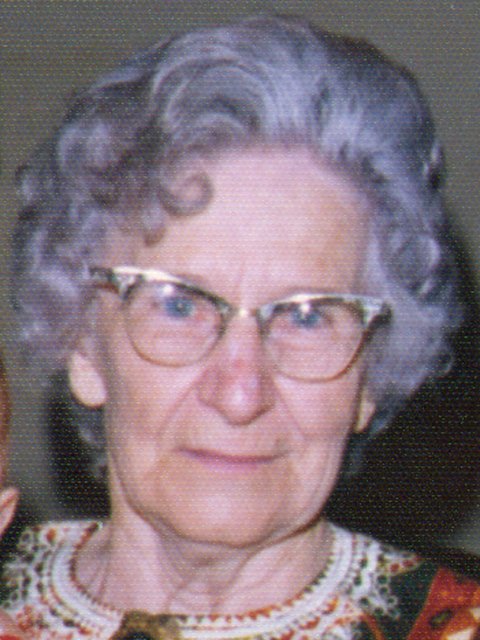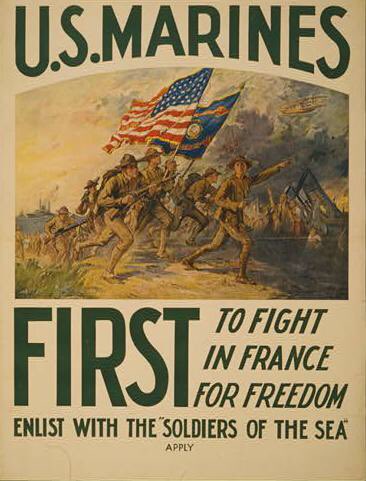In her free time, she would pore over her father's medical texts on anatomy and physiology.
Walker was a member of the central woman's suffrage Bureau in Washington.
Her death in 1919 came one year before the passage of the Nineteenth Amendment to the United States Constitution, which guaranteed women the right to vote.































